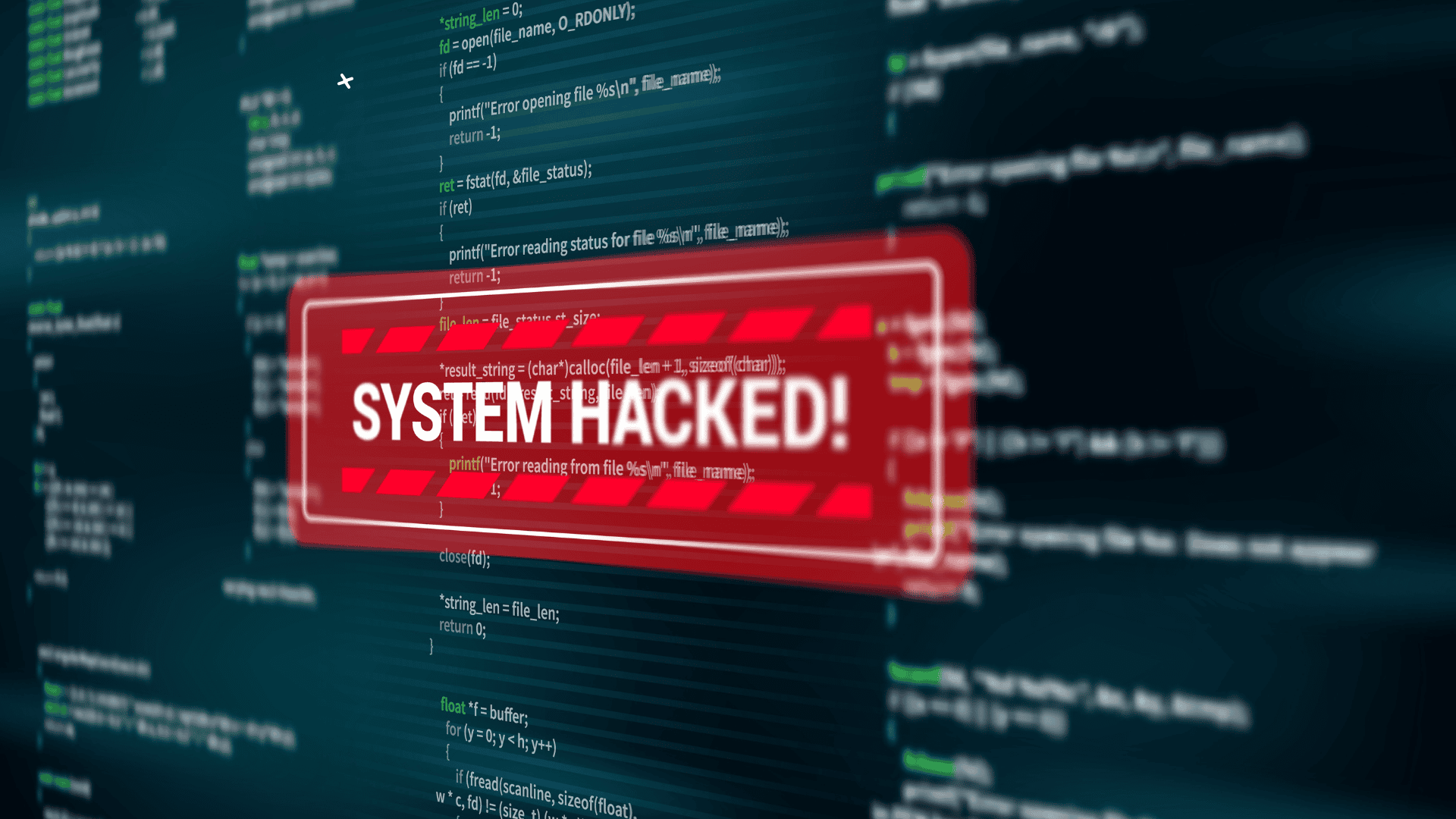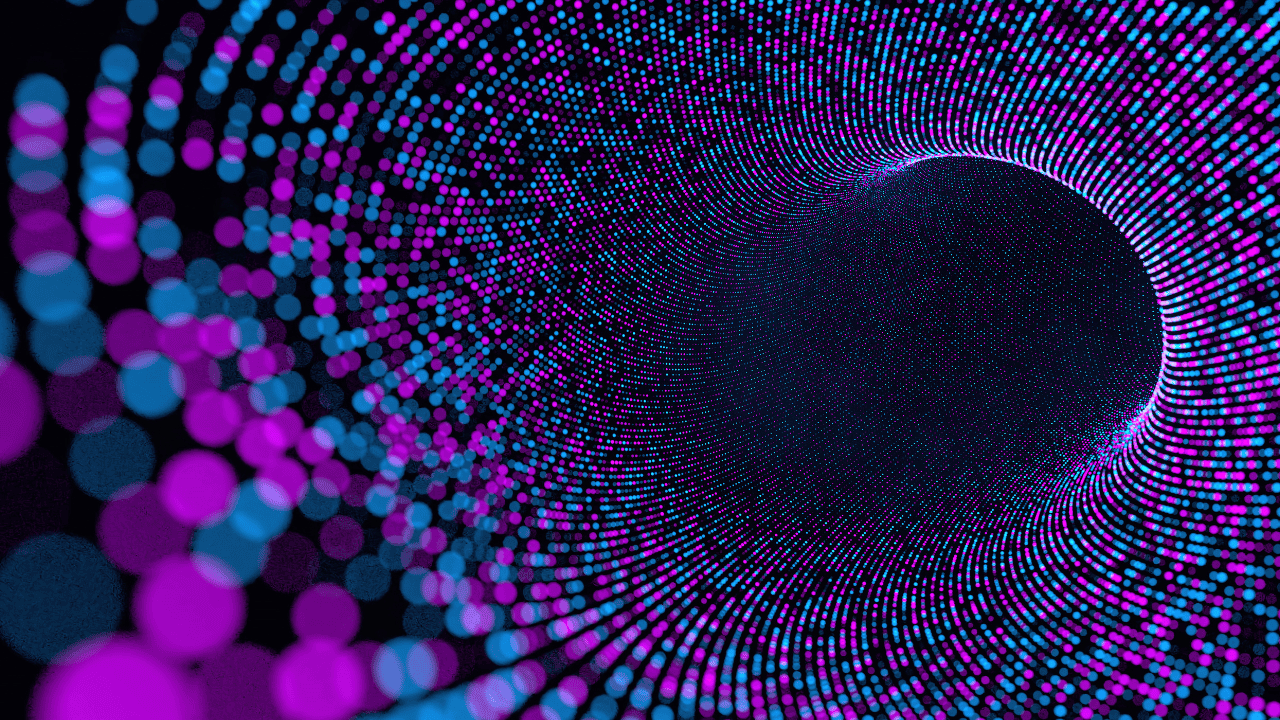Jul 2024
The Shape-Shifting Threat to Cybersecurity
Written by Lauren Lethbridge

Imagine a world where “seeing is believing” no longer applies. Deepfakes, those unsettlingly realistic videos and audio recordings manipulated by artificial intelligence (AI), are blurring the lines between truth and fiction.
What was once science fiction is now a present-day concern, posing a significant threat to cybersecurity.
The erosion of trust
Deepfakes are dangerous because they erode the very foundation of trust in digital communication. They can be weaponized to spread misinformation that sows discord, launch sophisticated social engineering attacks, and even defraud businesses. A fake news video maligning a political candidate? A deepfaked CEO voice instructing employees to divert funds? The possibilities, as unsettling as they are, are vast.
The real danger lies in how convincing deepfakes can be. As AI technology advances, it’s becoming increasingly difficult for the untrained eye to distinguish between a genuine video and a masterfully crafted fake. This creates a breeding ground for chaos, where manipulated content can be used to influence public opinion, damage reputations, and wreak havoc on financial markets.
Combatting deepfakes
But there’s hope. Cybersecurity professionals are on the front lines, developing strategies to combat this shape-shifting threat. Educating the public on how to critically analyse online content is a crucial first step. Tech companies are racing to develop AI-powered tools capable of identifying deepfakes with greater accuracy. Additionally, robust authentication methods that go beyond passwords are becoming increasingly important to prevent social engineering attacks that leverage deepfakes.
The fight against deepfakes is an ongoing battle. As technology evolves, so too must our defences. At Positive, we believe in staying ahead of the curve. We partner with clients to address the ever-changing threat landscape, including the challenge of deepfakes.
Here’s what you can do to protect yourself in this new era of digital deception: Be sceptical of sensational content online. Look for inconsistencies that might betray the artifice, like unnatural blinking or lip movements in videos. Verify information with trusted sources before sharing it. Finally, use strong passwords and enable multi-factor authentication whenever possible.






